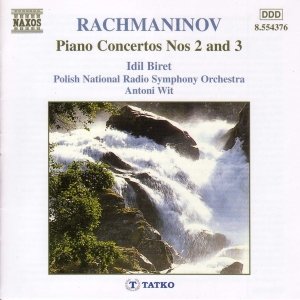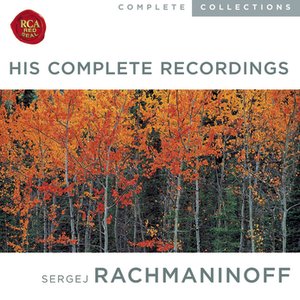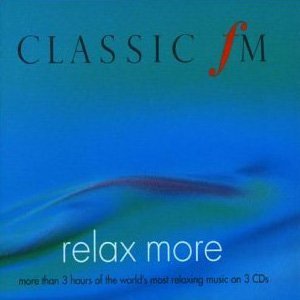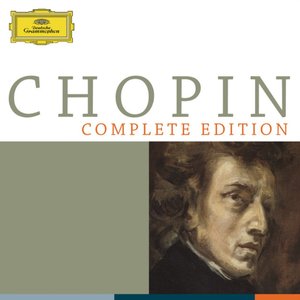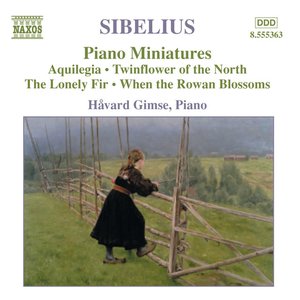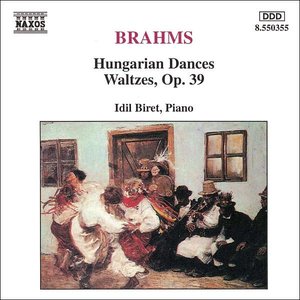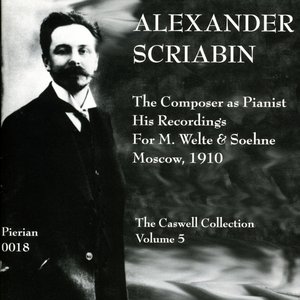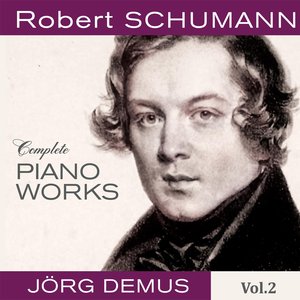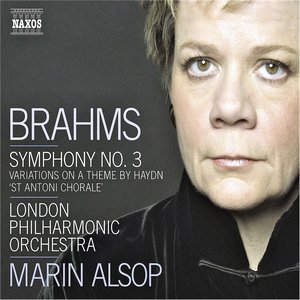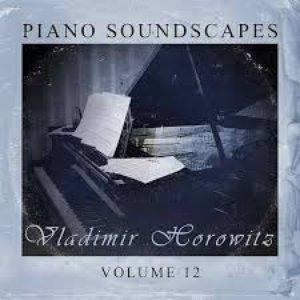Wiki
-
Length
11:23
The Piano Concerto No. 2 in C minor, Op. 18, is a concerto for piano and orchestra composed by Sergei Rachmaninoff between the autumn of 1900 and April 1901. The second and third movements were first performed with the composer as soloist on 2 December 1900.The complete work was premiered, again with the composer as soloist, on 9 November 1901, with his cousin Alexander Siloti conducting.
This piece is one of Rachmaninoff's most enduringly popular pieces, and established his fame as a concerto composer.
The opening movement begins with a series of bell-like tollings on the piano that build tension, eventually climaxing in the introduction of the main theme. In this first section, the orchestra carries the Russian-character melody while the piano makes an accompaniment made of rapid oscillating arpeggios. After the statement of the long first theme, a quicker transition follows until the lyrical second theme, in E flat major, is presented.
The agitated and unstable development borrows motives from both themes changing keys very often and giving the melody to different instruments while a new musical idea is slowly formed. The music builds in a gradual climax as if the first bars were to be repeated, but in the recapitulation the theme is presented as unique to the first statement.
While the orchestra restates the first theme, the piano, that in the other occasion had an accompaniment role, now plays the march-like theme that had been halfly presented in the development, thus making a considerable readjustment in the exposition, as the main theme, played by the orchestra has become an accompaniment. This is followed by a piano solo, which leads into a descending chromatic passage and concluding with an eerie French horn solo. From here the last minutes of the movement are placid until drawn into the agitated coda, and the movement ends in C minor fortissimo.
Track descriptions on Last.fm are editable by everyone. Feel free to contribute!
All user-contributed text on this page is available under the Creative Commons Attribution-ShareAlike License; additional terms may apply.

